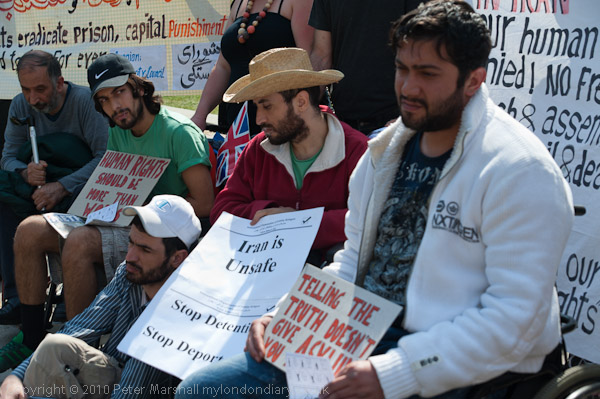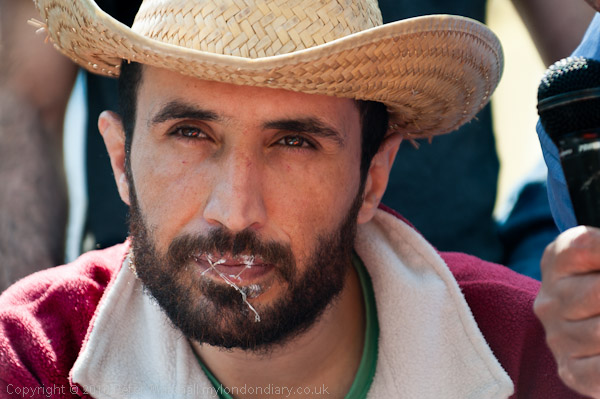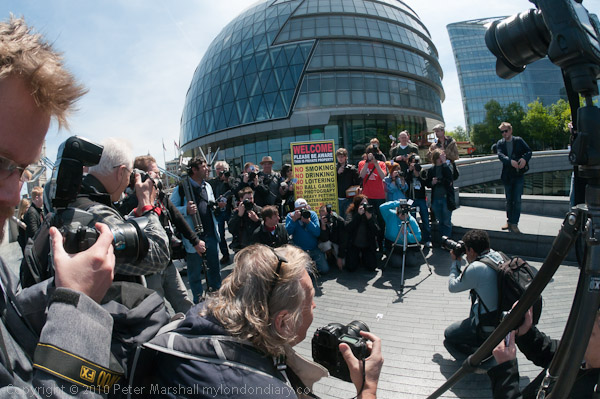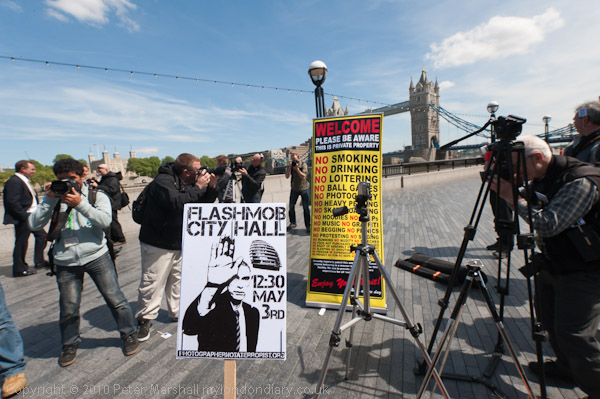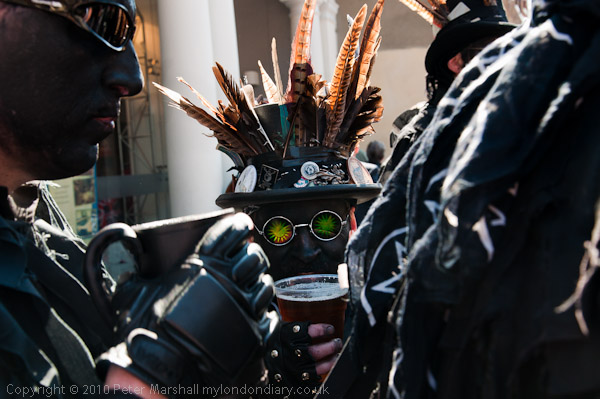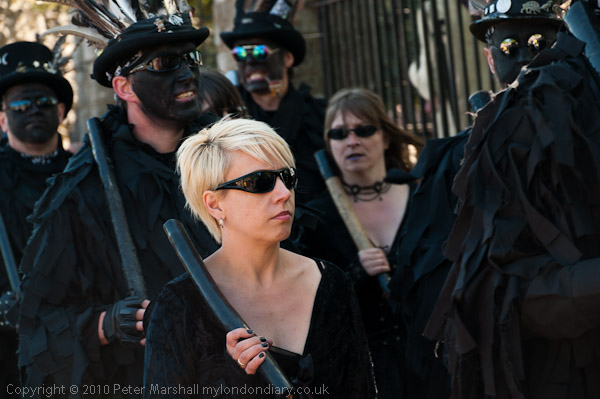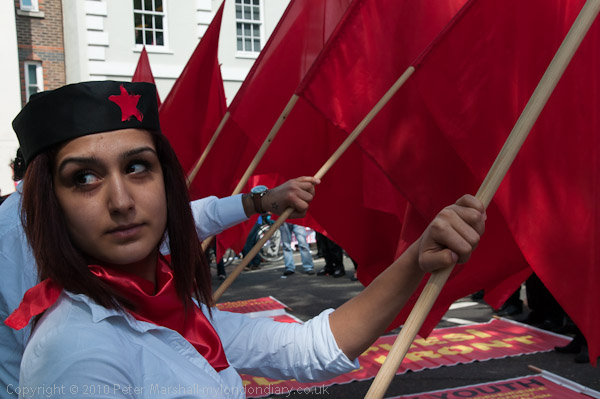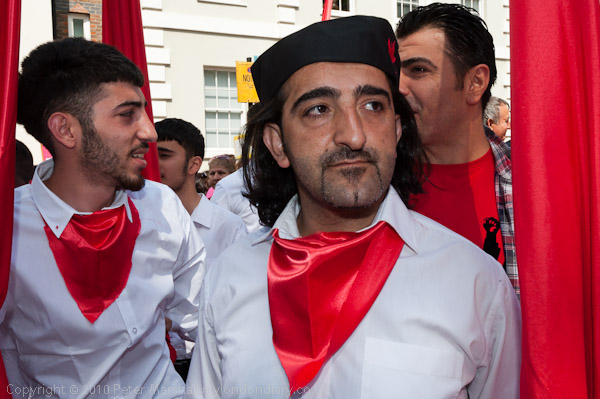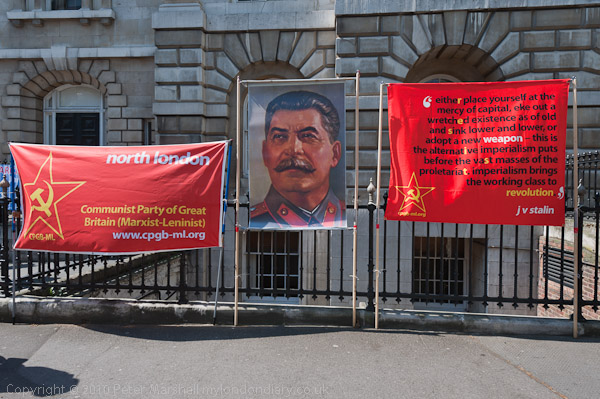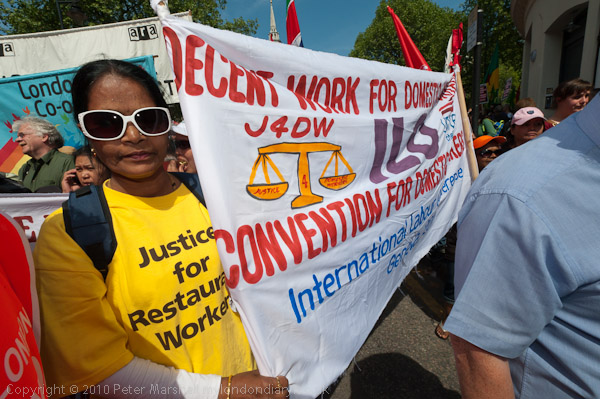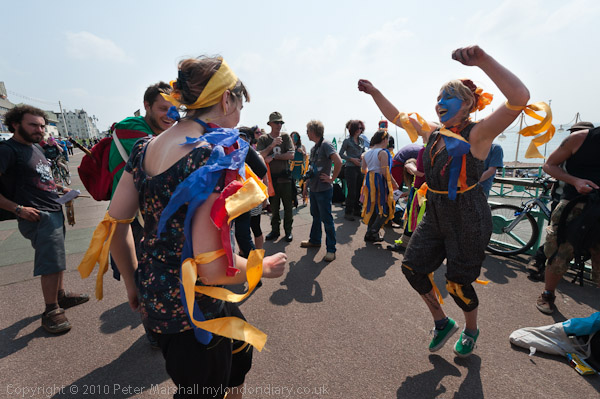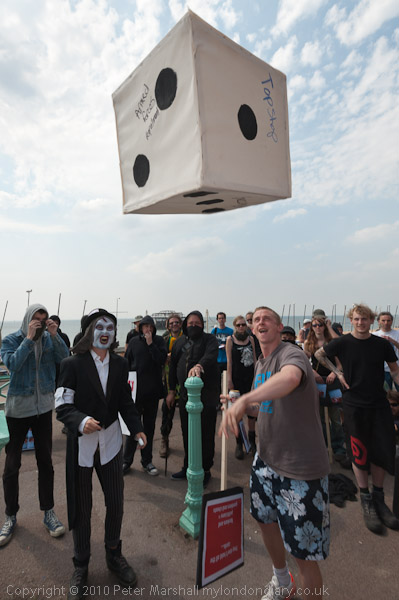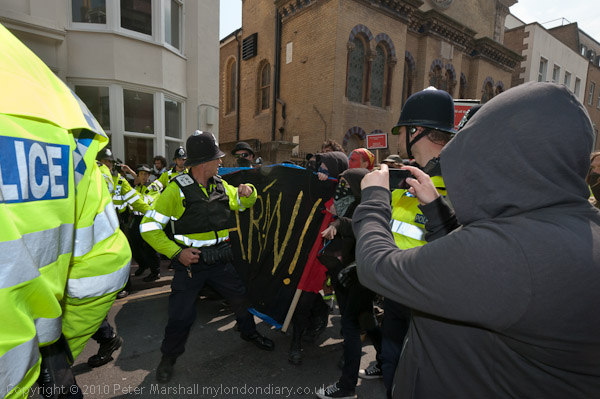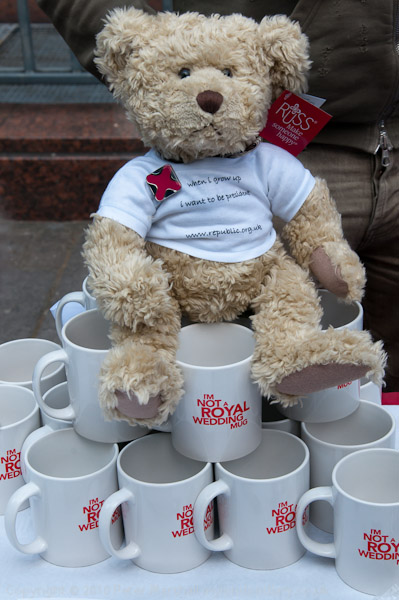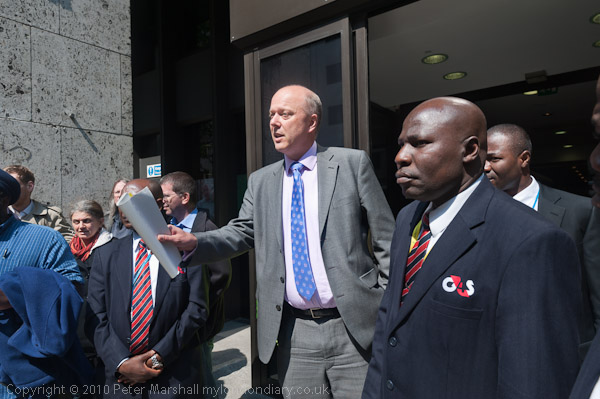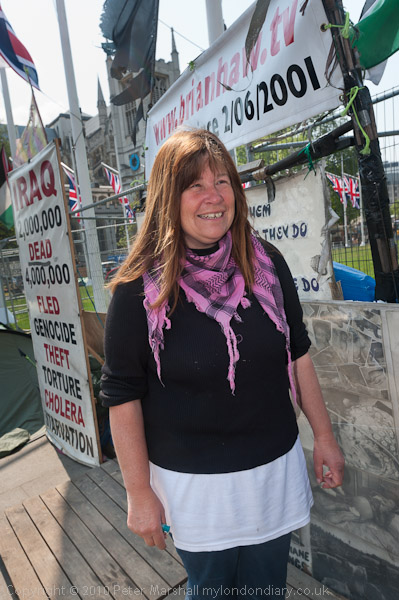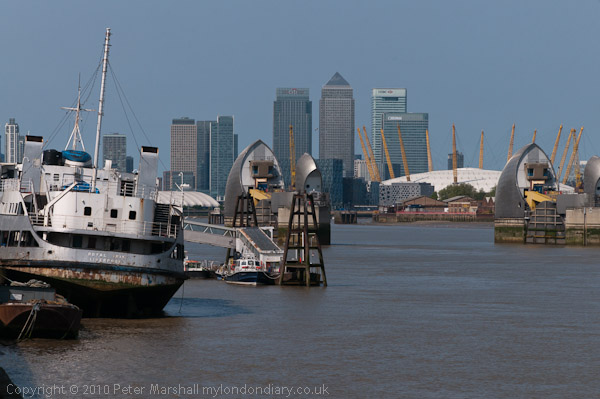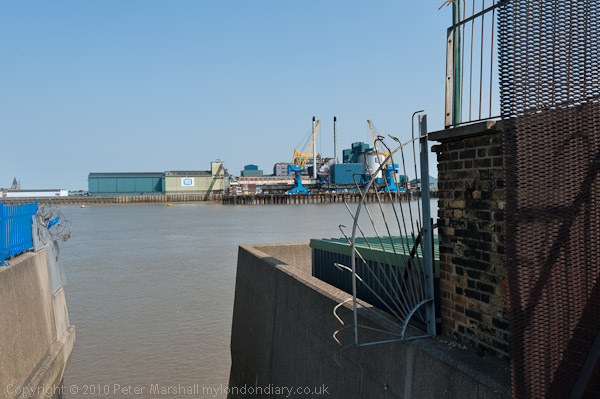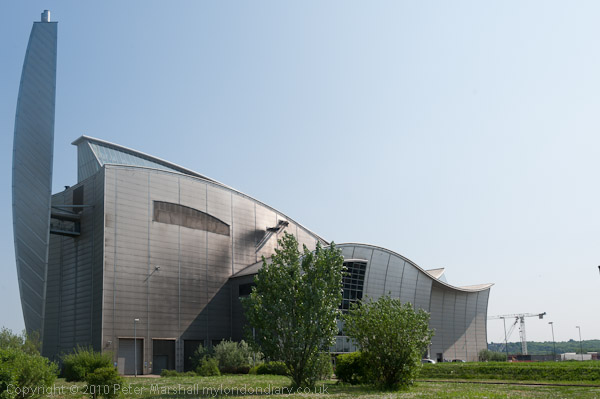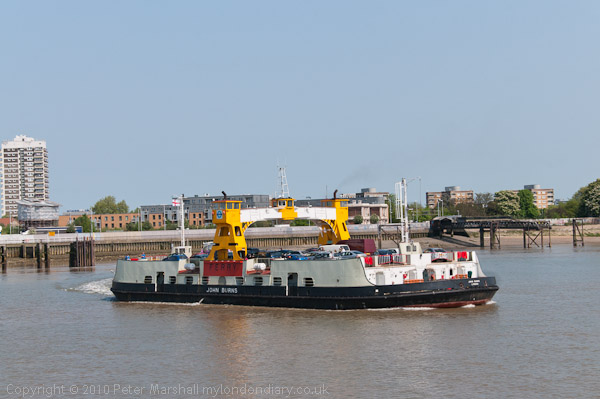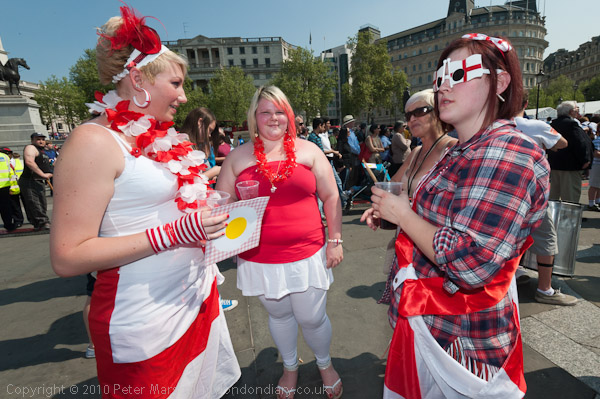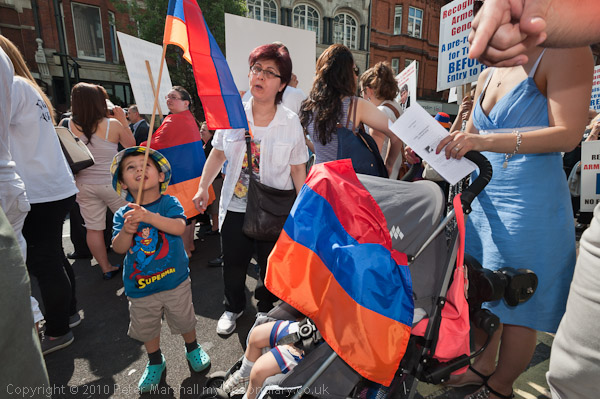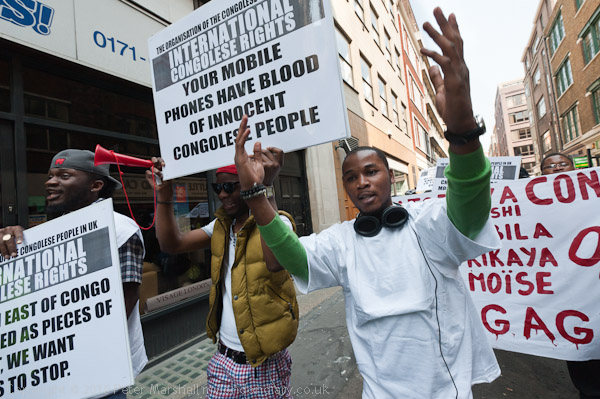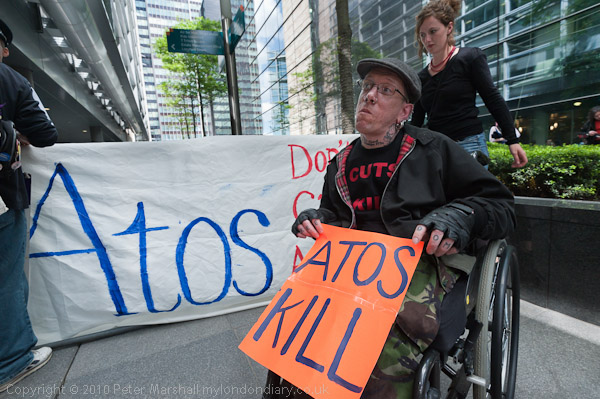
Atos, the company who run rather dodgy computer-based tests in a conspiracy with the Dept of Work & Pensions to cut down the number of people who receive disablement benefits, have their offices in Triton Square, which is on the north side of the Euston Road. This is a new development, and like most such in London is a privately owned public space, patrolled by security guards. Just the kind of area photographers were protesting against earlier this month because of the anti-photography policy they adopt.
Doubtless, parties and political demonstrations are also banned, but doubtless Atos realise the terrible publicity they would get from an obvious attempt to interfere with a protest by disabled people, many of them in wheelchairs, and although there were police and security in attendance, there was no real attempt to stop the protest or prevent photographers taking pictures of it. A security guard did come and take down one or two placards that had been taped to some of the trees, and the police provided a few barriers, but this time that was all. At the previous disabled “party and protest” on the site there had been a little more intervention, with police at first trying to prevent the protesters approaching the Atos offices and later briefly kettling the disabled, but perhaps they learnt a little from those mistakes.
I was rather annoyed to find, after taking my first 20 or so pictures, that I had not looked at the camera settings at all, and have left the camera on manual exposure when I had previously used it in bright sun, whereas particularly at the bottom of a cavern of tall office buildings it was now deep gloom. When I looked at the display there were just traces of images and I did the only sensible thing and deleted them and then tried to retake as many as possible. Easy enough where all I had done was to photograph people holding placards, but impossible to get that security guard to repeat his taking down of a poster, or the police to set up the barriers again. And I forgot to repeat one image, a closer view of the man above with his two fists together, tatoos spelling out the word ‘FREEDOM.’ ‘DOM’ on its own isn’t quite as good.

It is the kind of error that happens most often when something that seems worth photographing happens before I’m ready for it, and I just grab the camera out of my bag and start shooting. Which is why I try to remember to do those ‘pre-flight’ checks on my way to events – ISO, white balance, image quality (always RAW), exposure mode, sensible settings for aperture and shutter in shutter priority, aperture priority, manual modes, suitable custom settings (most of which I never change.) But for some reason I hadn’t, perhaps I was busy talking to someone, I can’t remember.
This image was also one that showed the need for an ‘untwisted’ camera profile. Processed normally using the ‘Adobe Standard’ profile the top right of the fluorescent orange poster changed from orange through yellows to a burnt out white, and burning it in was pretty well impossible and still maintained a colour shift towards yellow. Simply changing to the ‘Camera Neutral v3 dcpTool Untwist’ profile removed any colour shift, and the image became more or less as above, and needed very little local adjustment.
I don’t use this profile all the time, as I think the Adobe Standard one generally does give reasonably accurate and more pleasing results – as was its design objective. But it certainly is handy to have the other profile available, and it seems often to be needed when dealing with very bright oranges – such as this image. All of the other images in Disabled Protest Calls Atos Killers were produced with the latest Adobe Standard profile.
